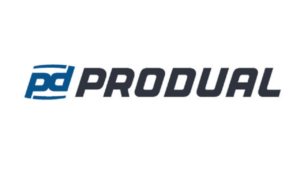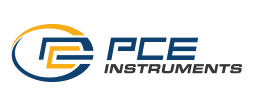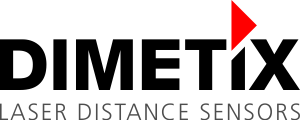Level Sensors
The level sensors They are essential devices in various industries for measuring and controlling the level of liquids and solids in containers, silos and tanks. Below are the main types of sensors used to measure the level of liquids and solids, their operating principles, advantages, disadvantages and applications:
1. Ultrasonic Level Sensors: They emit ultrasonic waves that are reflected off the surface of the liquid or solid. The sensor calculates the distance by measuring the time it takes for the wave to return.
2. Radar Level Sensors: They use electromagnetic waves to measure the distance to the surface of the material.
3. Capacitive Level Sensors: They detect changes in capacitance between the sensor and the material, indicating the fill level.
4. Float Level Sensors: A float moves with the material level, actuating a switch or generating a proportional signal.
5. Conductive Level Sensors: They detect the presence of conductive material between two electrodes, indicating the filling level.
6. Hydrostatic Pressure Level Sensors: They measure the pressure exerted by the column of material, calculating the level based on the density and height.
7. Microwave Level Sensors: They emit electromagnetic waves that are reflected off the surface of the material, measuring the distance by calculating the return time.
8. Vibration Level Sensors: They detect changes in the vibration frequency of a probe when the material covers or uncovers the probe.
9. Slaser level sensors: These sensors emit a laser beam that reflects off the surface of the material. By measuring the time it takes for the beam to return to the sensor, the distance to the surface is calculated, allowing the fill level to be determined.
Selecting the right sensor depends on factors such as the type of material, environmental conditions, required accuracy and available budget. It is essential to consider the specific characteristics of each sensor to ensure accurate and reliable measurements in industrial applications.




















































